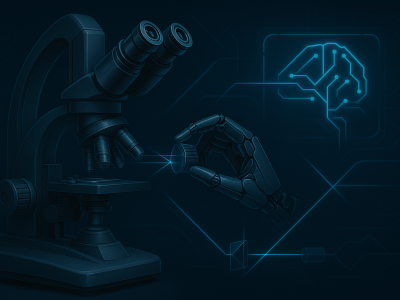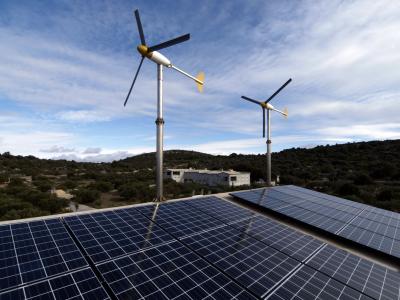Machine Learning

This dataset consists of meteorological and environmental data collected in Riyadh, Saudi Arabia, over multiple years. The variables include solar radiation, temperature (both maximum and minimum in Celsius and Fahrenheit), precipitation, vapor pressure, and snow water equivalent, among others. The data spans from 2010 to the present, providing insights into solar radiation patterns, daily temperature fluctuations, and weather-related factors that can impact solar power generation. Specifically, the dataset contains the following columns:
- Categories:
 14 Views
14 Views
SNMDat2.0 is a comprehensive multimodal dataset, expanded from the unimodal TwiBot-20, designed for Twitter social bot detection. Specifically, we add 274587 profile images and profile background images, 86498 tweet images and 49549 tweet videos based on the original 229580 twitter users, 227979 follow relationships and 33488192 tweet text.
- Categories:
 9 Views
9 Views
This dataset provides bibliometric information of academic publications related to learning analytics and decision sciences, sourced from Scopus. It includes metadata for a wide range of papers, including author details, titles, publication years, journal sources, and document types. Key columns in the dataset include author names, IDs, titles of publications, source titles (journals or conferences), document types, publication stage, and open access status.
- Categories:
 39 Views
39 Views
The rapid growth of spatiotemporal data makes trajectory modeling critical for extracting patterns from large-scale, dynamic mobility datasets. However, many existing methods face challenges with scalability and computational inefficiency. To address these challenges, we propose VecLSTM—a vectorized Long Short-Term Memory (LSTM) framework designed to improve both predictive accuracy and processing performance. VecLSTM introduces a novel dynamic vectorization layer that converts raw GPS trajectories into structured vector embeddings, enabling efficient storage, retrieval, and preprocessing.
- Categories:
 67 Views
67 Views
This dataset, comprising 103,806 text entries, is a comprehensive resource for rumor detection on social media, constructed by merging benchmark collections including PHEME, LIAR Fake News, Twitter15, Twitter16, and ISOT Fake News. It features a binary classification schema (47% rumor, 53% non-rumor) and integrates original and adversarially augmented samples to enhance model robustness.
- Categories:
 21 Views
21 Views
The Forbes 2022 Billionaires List dataset contains information about the world's wealthiest individuals, including their net worth, industry, country, and key business ventures. The dataset provides structured details such as rankings, company associations, and financial status, making it useful for various NLP tasks like table-to-text generation, entity recognition, and financial analysis.
- Categories:
 30 Views
30 ViewsCyberbullying is a growing problem on social media. This dataset helps detect cyberbullying in Bangla by collecting comments from YouTube, Facebook, Instagram, and TikTok. The data is categorized into two types: bullying and non-bullying. It includes various abusive and harmful texts, along with normal conversations. This dataset will help researchers and developers train AI models to automatically identify cyberbullying in Bangla text. The goal is to create better tools to keep online spaces safe for Bangla-speaking users.
- Categories:
 189 Views
189 Views
This dataset comprises a comprehensive collection of educational courses, each characterized by several key attributes: interests, title, description, category, level, past experience, and rating.
- Categories:
 10 Views
10 ViewsThis dataset contains high-resolution solar and wind measurement data collected from the Feni region, Bangladesh, spanning from 2017 to 2019. Logged at a 1-minute interval, the dataset provides a comprehensive record of atmospheric and meteorological conditions, essential for renewable energy analysis, climatological studies, and resource assessment.
- Categories:
 140 Views
140 Views

